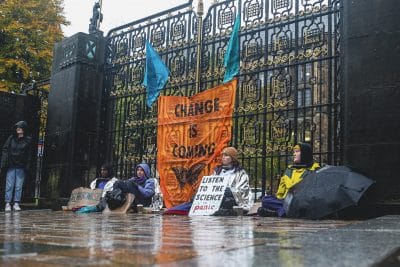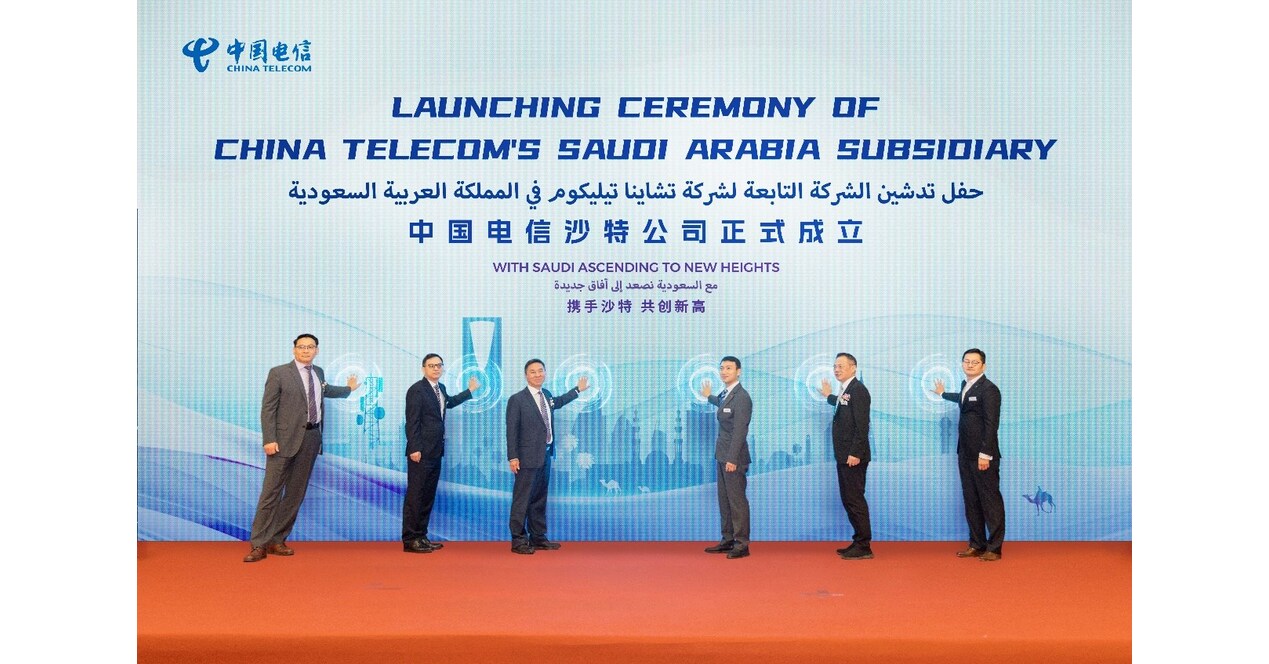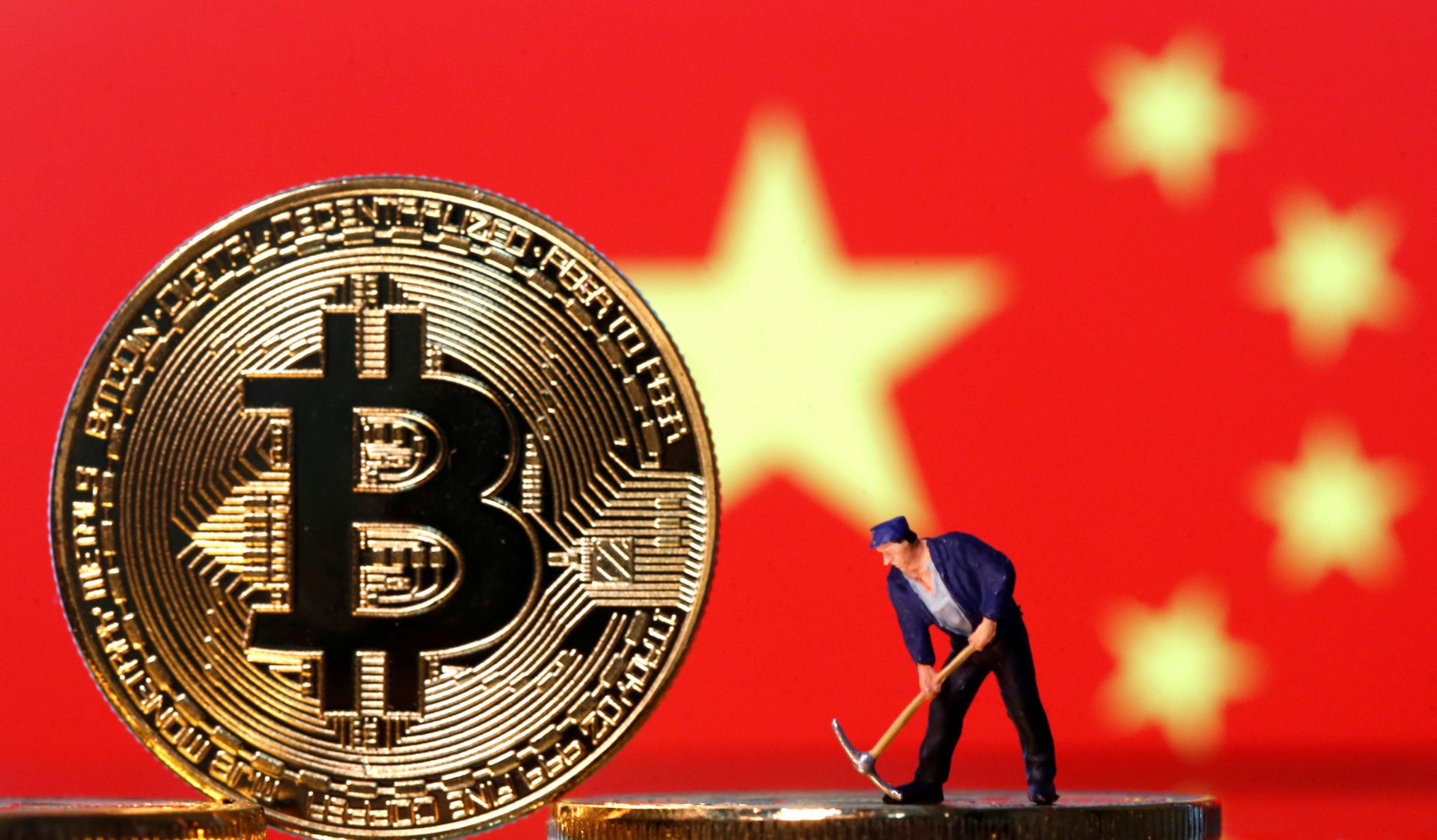China
Leaders must commit to green finance at COP26 to avoid climate catastrophe

Author: Christoph Nedopil Wang, Fudan University
Greening finance will be front and centre at the 26th Conference of the Parties (COP26) to the United Nations Framework Convention on Climate Change this November in Glasgow. The main program features a finance day on 3 November, putting finance ahead of the other seven themed days. But there is a danger that leaders’ hopes for ‘mobilising finance’ in the fight against climate change are over-simplistic and over-optimistic. Leaders risk overpromising and underdelivering.
To improve green finance as a powerful tool for reducing climate emissions and increasing climate change resilience in Asia and beyond, leaders at COP26 must make tough choices. They must decide which commitments they will negotiate within the different workstreams and the leaders’ summit. The risk is that leaders will focus on topics that require lengthy discussions. These discussions may not yield (new) results or may produce underwhelming outcomes, such as global emission trading schemes or finance for developing countries.
While development finance is urgently required across Asia and the Pacific, the topic has become a quagmire consisting of different politically motivated initiatives, such as China’s Belt and Road Initiative, Europe’s Global Connectivity Strategy and the G7’s ‘Build Back Better World’ strategy. For development finance, leaders from developing countries should require their peers from developed countries to deliver on the already promised US$100 billion of annual development finance and green technology transfer. But they should avoid wasting time on possibly minor distribution questions, which risk diverting attention away from the broader issues.
Rather, for COP26, leaders should focus on three green finance priorities. Reaching commitments on these priorities could affect up to 70 per cent of global emissions.
First, leaders should negotiate a commitment that all government spending at home and abroad aligns with the Paris Agreement. Most governments of large economies in the West and in Asia finance more than 45 per cent of their national GDPs through direct government spending, subsidies, state-owned enterprises and public banks. Public finance has an obvious responsibility to lead the way in greening finance.
Phasing out the use of public money to pay for harmful projects, like subsidies for fossil fuel, is complex but should be implemented before 2025. World leaders should agree to more — all public funding and particularly overseas financing through policy banks must become climate neutral. It would be a great outcome to commit public banks to stop funding any new non-climate-aligned projects by 2025 and divest from all non-aligned projects by 2040. By accelerating investments in green technologies, greening public finance may also drive down the cost of green technologies, with massive benefits for emerging economies.
Second, leaders should negotiate a commitment to accelerate green commercial finance and cut greenwashing. Global frameworks are crucial for this. Two areas are particularly relevant: taxonomies and climate disclosure. Both have been discussed for a few years to reduce uncertainty for financial institutions and to create more efficient markets for greening finance — for example, in ASEAN or between China and the European Union.
For COP26, a big challenge will be the transition finance standards that will help firms in polluting industries, like gas companies, receive finance to inch towards carbon neutrality. The debate about whether to develop a transition standard — between the science-based green finance experts who worry about undercutting climate goals and incumbent industries and less developed economies who worry about being ‘phased-out’ too quickly — is heated. At COP26, leaders should develop a common, science-based ‘dirty’ finance taxonomy that signals the need for the immediate phase-out of harmful industries. The middle ground between the dirty and the harmonised green finance taxonomy could be the basis for transition finance.
Addressing the challenge of transparency is necessary to stop often bogus ‘net-zero’ promises and greenwashing. Ideally, leaders at COP26 would agree on a roadmap that requires the application of a standardised climate disclosure framework by 2025, which includes disclosing at least all the emissions necessary to produce a given good or service, including those produced by suppliers.
Third, leaders should negotiate a commitment on green trade finance — the highly complex…
Business
China Telecom Gulf Officially Launches Operations in Saudi Arabia for Business Expansion

China Telecom Gulf was launched in Riyadh, enhancing digital cooperation between China and Saudi Arabia under the “Belt and Road Initiative,” with a focus on technological innovation and infrastructure development.
China Telecom Gulf Launches in Riyadh
On November 21, 2024, China Telecom Gulf was officially inaugurated in Riyadh, symbolizing a significant advancement in China Telecom’s internationalization efforts and commitment to the "Belt and Road Initiative." The event was attended by over 100 dignitaries, including Mr. Liu Guiqing, Executive Director of China Telecom Corporation, and Mr. Fawaz from the Industrial and Commercial Bank of China Riyadh Branch, marking a milestone in fostering a shared future between China and Arab nations.
Commitment to Digital Transformation
In his speech, Mr. Liu highlighted China Telecom’s dedication to collaborating with Saudi enterprises and local governments to enhance digital infrastructure. By leveraging its expertise in technologies like 5G and artificial intelligence, the company aims to provide high-quality communication services, thereby driving socio-economic growth in the region.
Strategic Partnerships for Growth
During the launch, China Telecom Gulf signed strategic agreements with several prominent companies, including Saudi Telecom Company and Huawei. These collaborations are geared towards optimizing digital experiences for Saudi customers and contributing to the broader Sino-Saudi cooperation in technology and economic development, solidifying China Telecom’s role in the Middle Eastern telecom landscape.
Source : China Telecom Gulf Officially Launches in Saudi Arabia for Business
China
India Initiates a Shift in Security Focus Regarding China Amid Economic Ambitions
Since 2014, India’s Modi government aimed to boost manufacturing through the Make-in-India campaign. However, tensions with China led to increased scrutiny of Chinese investments post-COVID-19, limiting their influence.
Modi’s Manufacturing Push
Since Narendra Modi took office in 2014, his administration has focused on boosting the manufacturing sector’s contribution to India’s GDP. The launch of the Make-in-India campaign aimed to enhance manufacturing capabilities and attract foreign direct investment (FDI), even in sensitive sectors such as defense and railways, thereby fostering economic growth.
Shift in Economic Relations
During this period, Chinese companies like Oppo and ZTE sought to capitalize on India’s manufacturing potential. However, the 2020 COVID-19 pandemic highlighted the need for safeguard measures against potential foreign takeovers. In response, India revised its FDI policy to increase scrutiny on investments from neighboring countries, particularly targeting Chinese investments, which now require governmental approval.
Geopolitical Tensions and FDI Impact
Tensions escalated after the June 2020 Galwan clash, severely straining Indo-China relations. This ongoing border standoff has posed challenges to the evolving dynamics between the two nations. As a result of these geopolitical tensions and pandemic-era policies, Chinese capital inflow to India constituted merely 0.43% of the total FDI from April 2000 to December 2021, highlighting a significant downturn in bilateral economic ties.
Source : India begins a rebalance of security concerns over China and economic aspirations
Business
BRICS: China Classifies Crypto as Property and Prohibits Business Ownership

China’s Shanghai court ruled cryptocurrencies are property, boosting optimism in the crypto industry while maintaining a ban on business transactions. This may signal a shift in future regulations.
China’s Ruling on Cryptocurrency
In a pivotal decision for the nation and its BRICS alliance, China has officially classified cryptocurrency as property while maintaining prohibitions against business transactions involving digital assets. A notable ruling from the Shanghai Songjiant People’s Court affirmed cryptocurrencies as property, sparking optimism within the crypto industry regarding future regulations.
Implications for the Crypto Industry
As cryptocurrencies gain significance globally, the Chinese ruling is viewed as a potential-positive shift amidst ongoing restrictions. While individuals can hold virtual currency, businesses remain barred from engaging in investment transactions or issuing tokens independently. This decision has generated anticipation for more accommodating regulations in the future.
Future Prospects for Cryptocurrency in China
Experts like Max Keiser believe this ruling indicates China’s growing acknowledgment of Bitcoin’s influence. As BRICS nations explore increased cryptocurrency utilization in trade, this legal shift could enhance market demand and lead to greater acceptance of cryptocurrencies as a legitimate asset class, setting the stage for potential developments in 2025.
Source : BRICS: China Rules Crypto as Property, Bars Business Holdings






